Customer onboarding software (aka a learning management system) has come a long way over the years, with vendors decking out the technology to meet the shifting sands of the workforce and the ever-evolving learning behaviors of their customers. In response, customer onboarding software — and the features that come with it — have evolved. But which ones do you actually need?
Customer Onboarding Software Features You Need
Whether you’re dipping your toes into onboarding software or you’re upgrading to a more modern one, it’s abundantly clear that you have a lot of options. With vendors touting different features that can transform the onboarding experience for your customers, it’s not always easy to make a decision. In some way, shape or form, all of these features add value, but if you’re struggling to narrow your search, zoom in on a handful of features and see which software does them the best.
1. Learning Paths (Sequential Learning)
A truly successful customer onboarding experience — one that increases product usage and retention — relies on one thing: Your customers using the content and extracting value. If you give them content about how to set up their account, but it doesn’t help them do that, the onboarding failed. For the onboarding experience to have a lasting impact, you have to direct them toward a goal. In this case, that’d be logging in for the first time.
To set them down the right path, you need customer onboarding software that offers flexible sequential learning via learning paths. With learning paths, you can direct your customers through a series of courses in a defined sequence that helps them achieve a specific goal (e.g., logging in for the first time). Learning paths strip the guesswork from the equation and tell your customers exactly what they need to do to be successful.
2. Personalization Tokens and Properties
Similar to how learning paths give you the ability to create a clear path for your customers, personalization tokens and properties let you use your data to deliver personalized experiences relevant to the unique needs and challenges of individual customers. You can apply personalization tokens and properties to individual customers, courses or across your entire customer academy, depending on the level of granularity and segmentation you seek.
Personalization features create a stickier learning experience for your customers, simplifying content management (for you) and putting yourself in a position to pull more insightful analytics. With these analytics, you can make meaningful adjustments to your strategy.
3. Customer-level Analytics
The best customer onboarding programs are characterized by a perpetual commitment to evolution. With the expectation that what worked yesterday won’t necessarily work today, they can objectively look at the entire experience and identify areas where they can make improvements.
If you want to do the same thing, you’ll need robust customer-level analytics that allows you to dive deep below the surface and intimately understand your customers, how they’re learning, where they’re catching snags and how you can create better learning outcomes.
4. Mobile Friendly
The nomadic lifestyle has come full circle. Once linked to the hunter-gatherer lifestyle, a growing portion of the population is unplugging from their desks and brick-and-mortar offices. Today, millions of people are working on their own terms.
Not so far into the future, your customers will choose couches over office chairs and hotels instead of offices. They’ll also opt for mobile devices over desktops. According to Gartner, more than half of global knowledge workers will be working remotely by the end of 2021. Your customer onboarding software must account for this with a mobile-friendly interface that delivers an exceptional experience on these smaller screens.
5. Customizable Templates
A big part of a good onboarding experience has to do with how well it plays with other parts of your brand. Said another way, the entire onboarding experience should act as a seamless extension of other touchpoints — your website, for example. The last thing you want is a jarring experience that diminishes engagement. Talk about getting off on the wrong foot.
To create this level of cohesion, you need total design control. And no, I’m not talking about adding your logo or using your brand colors. I mean literally customizing how everything looks. The login page, home screen, events pages and everything in between. The software must give you the reigns.
6. Cloud Hosting
The goal of any business is to grow, obviously. In the context of a customer onboarding program, this means it’s important that your onboarding software can keep up with a greater volume of customers who need onboarding.
With cloud-based customer onboarding software, you can effectively and efficiently scale your program from one to hundreds of thousands of customers without having to fret about operational issues or sacrificing the learning experience for existing learners. In essence, you should be able to level up your onboarding without anyone noticing something changed behind the scenes.
Selecting the Right Customer Onboarding Software
It’s hard to argue that onboarding isn’t the singular most important part of the customer journey. Without proper onboarding, time to value will go through the roof, product adoption will drop and you’ll eventually see more customers walk out the door. With an effective onboarding program, however, you get a ton of engagement, more customers using your product and increased lifetime value. To gain these benefits, however, you need robust customer onboarding software with the right features.
Northpass: The Best Customer Onboarding Software On the Market
Want to learn more about how Northpass can help you maximize customer onboarding? Reach out today and we’ll be in touch.

.png?width=3251&height=1107&name=NP_ByGS_ColorLogo%20(1).png)


